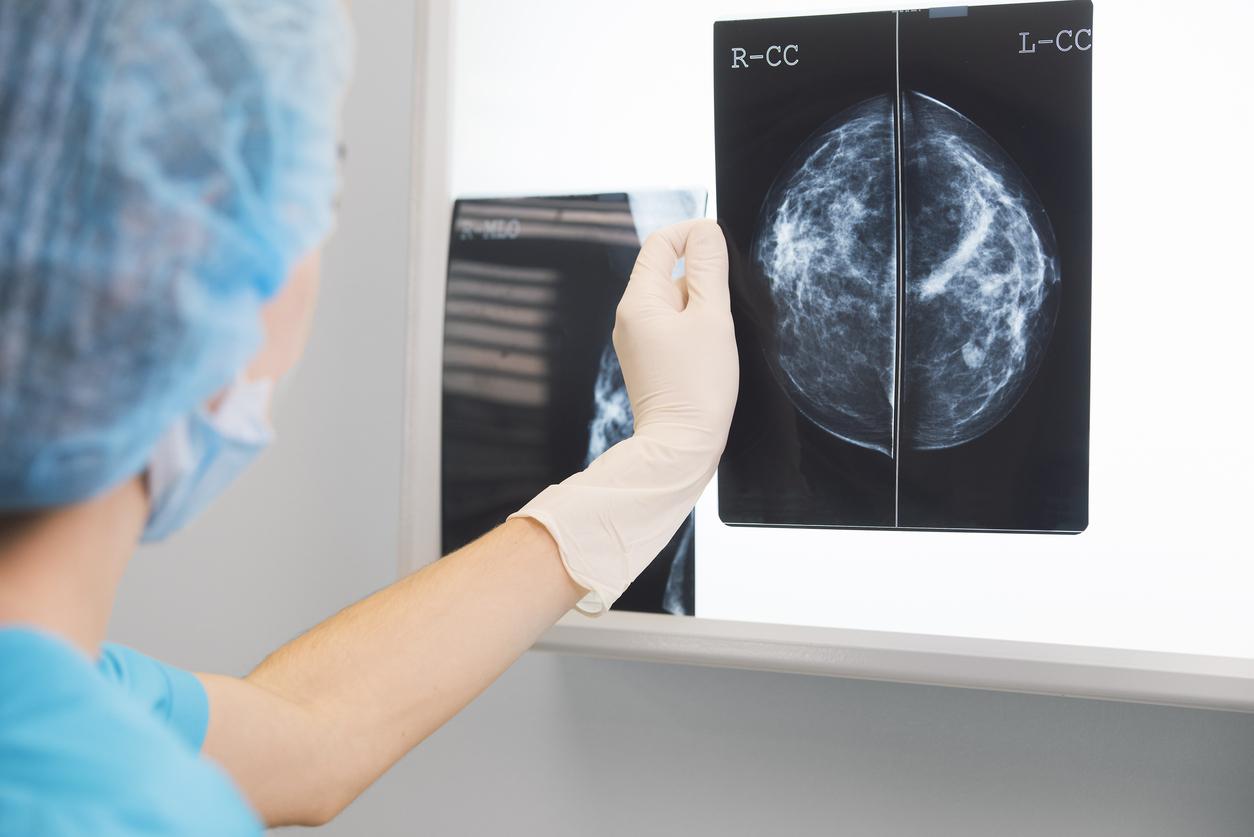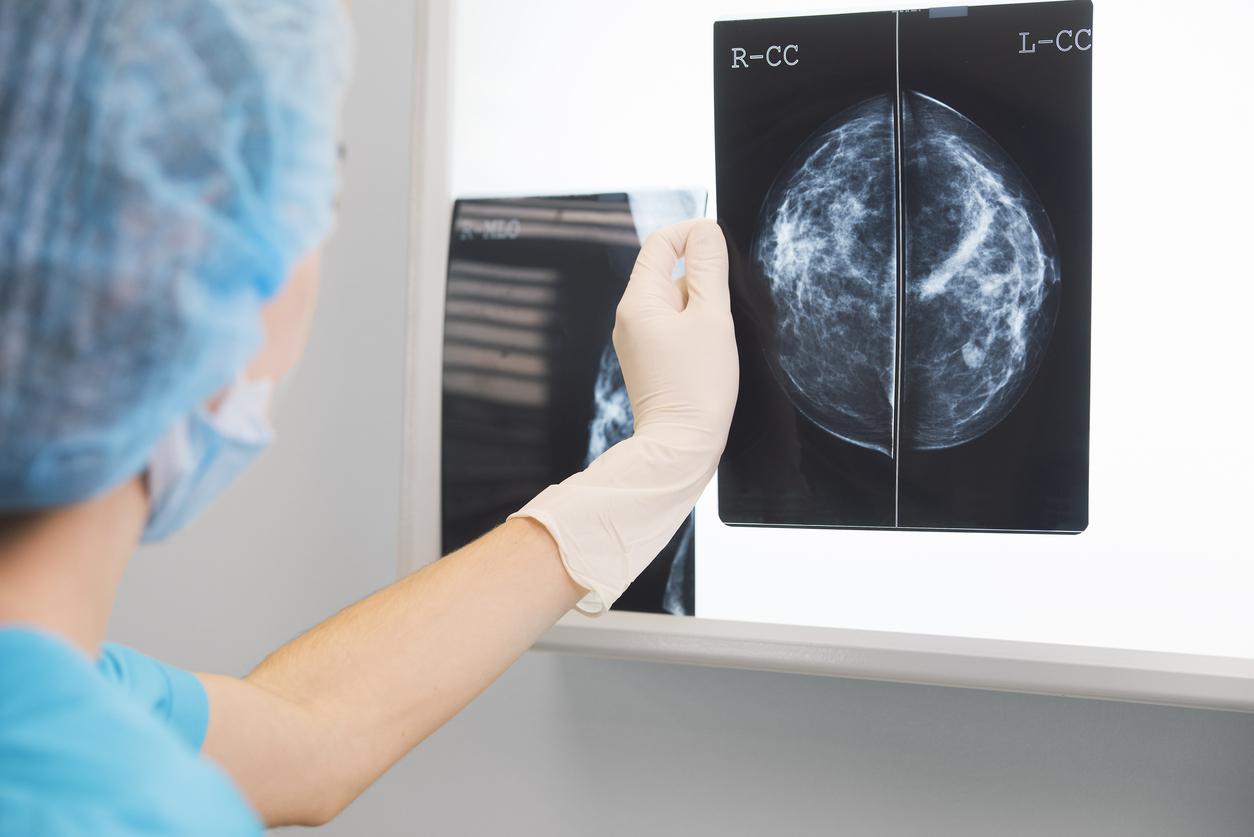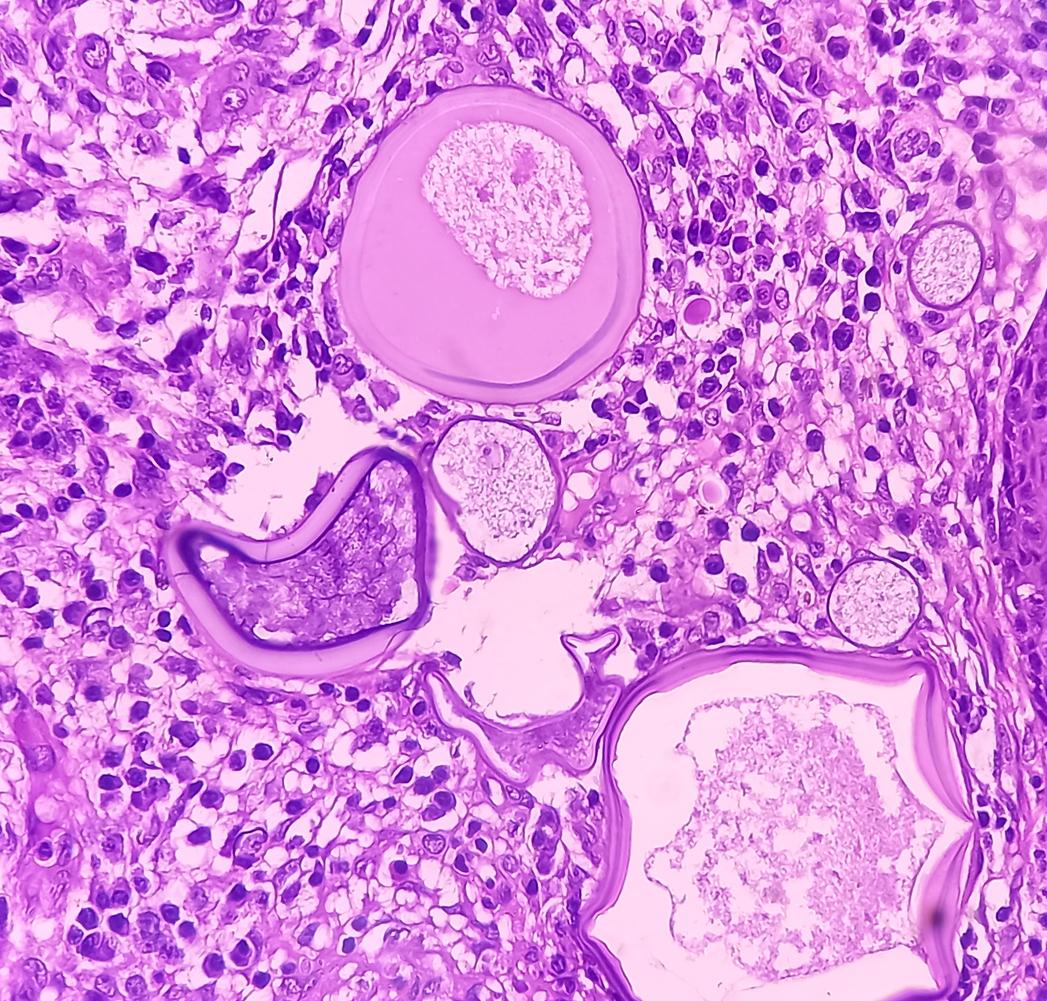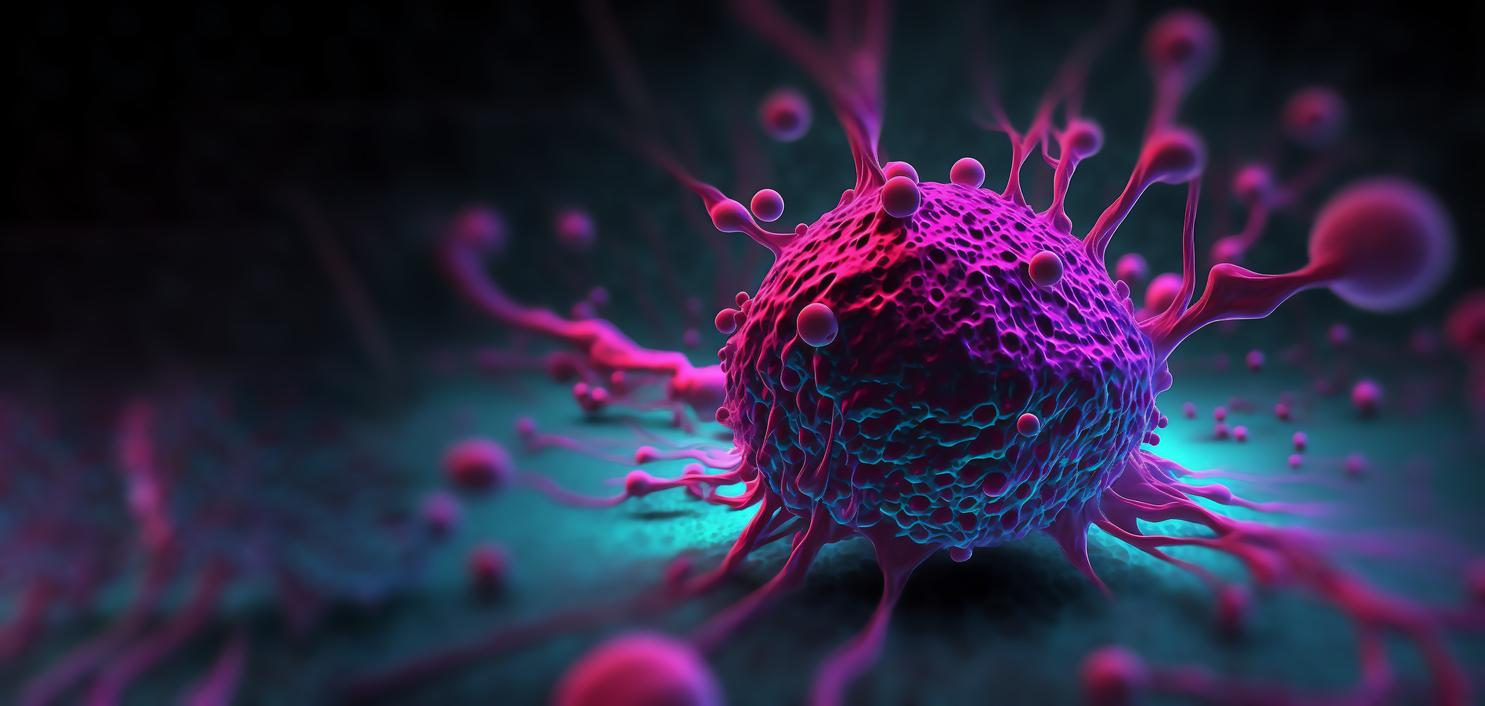The risk of triple negative breast cancer coming back is lower if many immune cells are present in the tumors.

- In order to better treat triple negative breast cancers, researchers have focused on immune cells called “TILs (tumor-infiltrating lymphocytes)”.
- “Five years after surgery, 95% of participants with stage 1 triple negative cancer whose tumors had a high level of TILs were still alive, compared to 82% with a low level of TILs,” they indicate. in their conclusions.
- Triple negative breast cancers represent 15% of all cases and are more common in young women.
People operated on for localized triple negative breast cancer whose tumors are heavily infiltrated with immune cells have a lower risk of relapse and a higher rate of survival (even without chemotherapy after surgery), according to a new study of the Gustave Roussy Institute and of the Mayo Clinic.
Immune system cells and triple negative breast cancers: what are we talking about?
Triple negative breast cancers represent 15% of all cases and are more common in young women. This type of pathology is more likely to metastasize before diagnosis and presents a higher risk of relapse.
The cells of the immune system that scientists have studied are called TILs (tumor-infiltrating lymphocytes).
To carry out this study, they collected data from 1,966 participants affected by localized triple negative breast cancer. Some had already undergone surgery and radiotherapy, but none had received chemotherapy. All sick women were followed for 18 years.
Evolution of triple negative breast cancers: what is the role of TILs?
Bottom line: Results showed that higher levels of TILs in breast cancer tissues were associated with lower recurrence rates.
“Five years after surgery, 95% of participants with stage 1 triple-negative cancer whose tumors had high levels of TILs were still alive, compared to 82% with low levels of TILs. Another important fact: “Relapse rates were significantly lower in patients whose tumors had high levels of TILs.” explains Stefan Michiels, author of the study and head of the Oncostat team (Gustave Roussy/Inserm U1018 CESP/Université Paris-Saclay). “With nearly 2,000 participants included in the study, we have now assembled the largest international cohort on three continents of people with triple negative breast cancer whose mainstay treatment was surgery without chemotherapy”he also emphasizes.
Triple negative breast cancers: towards new recommendations?
“The results of this study could lead to a recommendation: include TILs in the pathology report of localized triple negative breast cancers, since this would inform clinicians and patients about treatment options,” also explains Roberto Salgado, co-chair of the International Immuno-Oncology Biomarker Working Group and co-leader of the study.
“The results of this study may lead to future clinical trials to determine whether patients with a favorable prognosis (high level of TILs) can escape intensive courses of chemotherapy,” adds Roberto Leon-Ferre, oncologist at the Mayo Clinic Cancer Center and author of the study.

Scientists now plan to evaluate TILs as decision-making biomarkers for chemotherapy administration in prospective clinical trials*. Research is also underway on other potential biomarkers.
*Such as the ETNA trial funded by the Gustave Roussy Foundation.

















